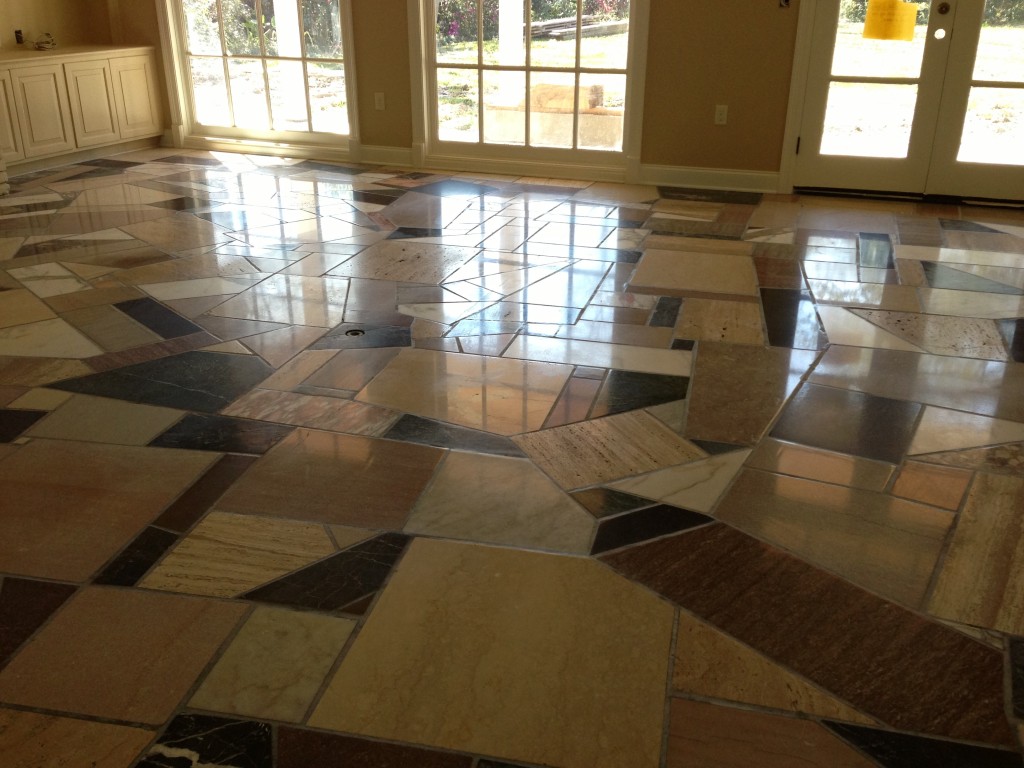Stone textures are a classic aspect in design and architecture, often serving as the bedrock for both indoor and outdoor areas. Whether it is a majestic heritage edifice, a cozy deck, or elegant countertops, the aesthetic and resilience of stone add a unique allure to any atmosphere. However, like all substances, stone can deteriorate over time, leading to a necessity for repair. This resource aims to provide insights into the techniques and strategies that can restore your stone surfaces back to their original condition, ensuring they radiate as vibrantly as they did when first set.

Restoring stone is not just about looks; it also serves a critical role in maintaining the structural stability and historical significance of a building. Many residents may ask where to initiate when it comes to stone refurbishing or may be in doubt about the issues to avoid during the process. From grasping the ideal products for restoring heritage properties to recognizing the clues that it might be time to restore your stone areas, this resource will serve as your thorough reference. Whether you are considering a DIY approach or thinking about hiring professionals, knowing what to look for can make all the distinction in achieving remarkable results.
Typical Mistakes in Rock Refurbishment
One of the most regular mistakes in stone restoration is the use of incorrect cleaning techniques or solutions. Many DIY enthusiasts may opt for aggressive chemicals or rough instruments, thinking they will effectively restore the stone's initial appearance. Nonetheless, such methods can result in scratching, damage, or discoloration of the rock surface. It is important to research and select gentle, safe for stone cleaners to ensure the integrity of the material is maintained throughout the restoration procedure.
Another common mistake includes neglecting properly assess the type of stone being restored. All stone type has distinct properties that determine appropriate restoration methods. Failing to identify whether the stone is marble can cause unsuitable care that may cause permanent harm. Taking the time to comprehend the specific traits of the stone will inform the selection of suitable restoration techniques and solutions.
Lastly, one significant oversight is underestimating the importance of sealing the stone after restoration. Numerous individuals may focus on the cleaning and finishing stages, overlooking the last phase of using a suitable coating. A sealant provides an essential barrier against spots, water, and deterioration. Skipping this step can lead to rapid deterioration, reversing all of the efforts made during the restoration. Always make sure to complete with a premium coating to preserve the beauty and durability of refurbished stone surfaces.
Key Techniques for Effective Restoration
When concerning stone restoration, the first step is assessment. Assess the condition of the stone surfaces to spot issues such as cracks, surface discoloration, or deterioration. This assessment will determine the necessary techniques for restoration and help organize which areas need urgent attention. Consider the stone type, previous treatments, and any defects to ensure that the selected restoration methods will be suitable for the material.
Following that, cleaning is essential for effective restoration. Use gentle cleaning agents that are suitable for the specific type of stone. Techniques such as gentle washing or using gentle bristle brushes can help clear away dirt and grime without causing further damage. Avoid marble repair sydney or rough tools that can erode the stone surface. A thorough cleaning not only shows the true condition of the stone but also readies it for additional restoration processes.
In conclusion, applying suitable restoration techniques is important. According to the findings from the assessment and the type of stone, techniques may include repairing cracks, resurfacing, or applying sealants. For historic stones, it's vital to use materials and methods that match the original craftsmanship, guaranteeing the restoration maintains the character of the stone. Regular maintenance practices should also be reviewed to sustain the newly restored surfaces for the extended period.
Caring for The Repaired Stone Finishes
After the stone surfaces are restored, ensuring their longevity necessitates consistent care practices. One of the easiest yet highly effective methods to care for your restored stone is to cleaning it often with the appropriate cleaning agents. Use pH-balanced cleaners specifically designed for stone, as harsh chemicals may cause etching and dullness. Routine sweeping or dusting can also assist to prevent dirt buildup that can scratch the surface.
In addition to cleaning, it is essential to apply sealants to the stone surfaces periodically. Sealants act as a barrier against moisture, stains, and spills, extending the life of your restoration. The frequency of application depends on the type of stone and its usage, but re-sealing every 1 to 2 years is a common guideline. Always consult the manufacturer's recommendations or a professional to find out the best timing and products for your specific restoration.
In conclusion, be mindful of how you use and place items on your stone surfaces. Steer clear of using abrasive materials that could scratch the stone and always use coasters, mats, or trivets to protect against heat and moisture. By implementing these maintenance habits, you can keep your restored stone surfaces looking beautiful for years to come, preserving both their beauty and structural integrity.
